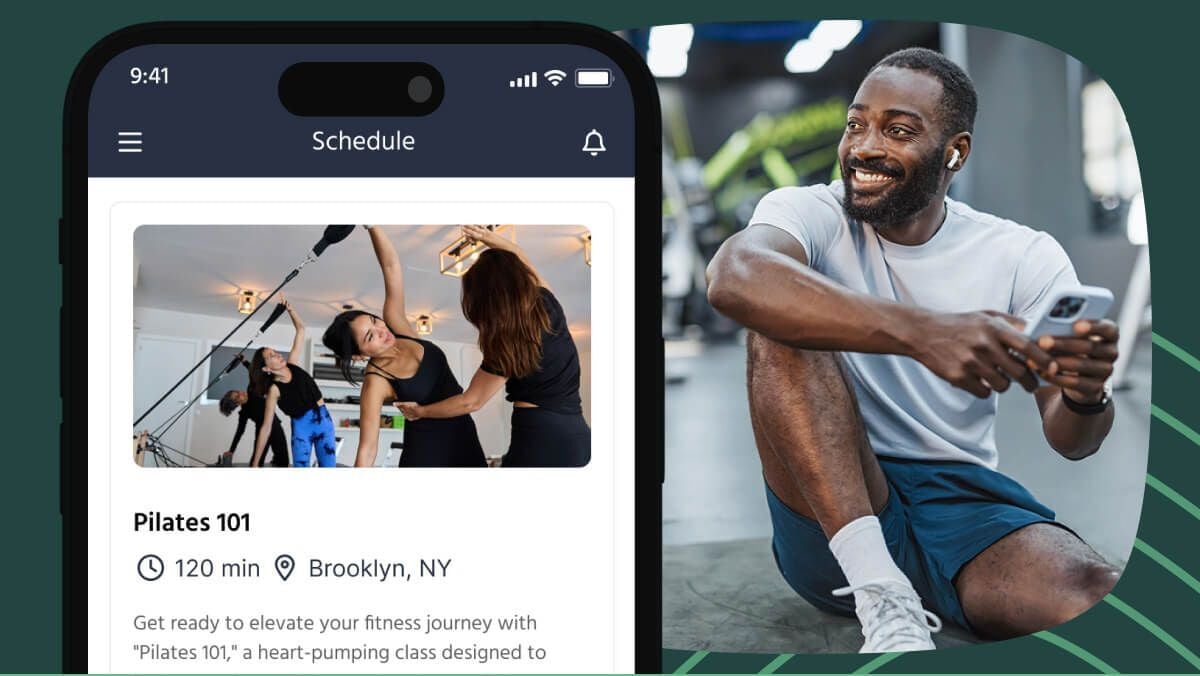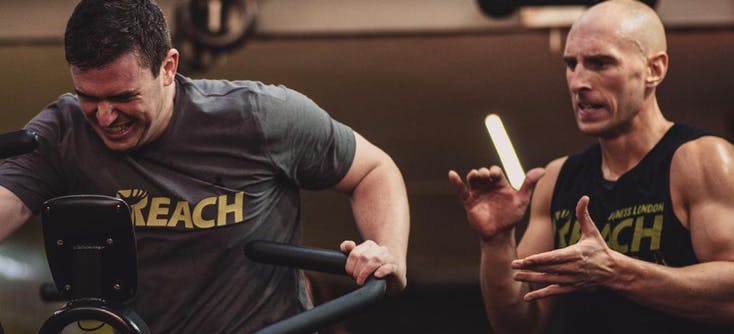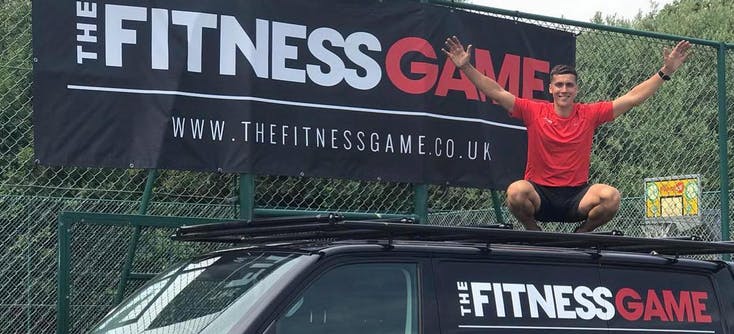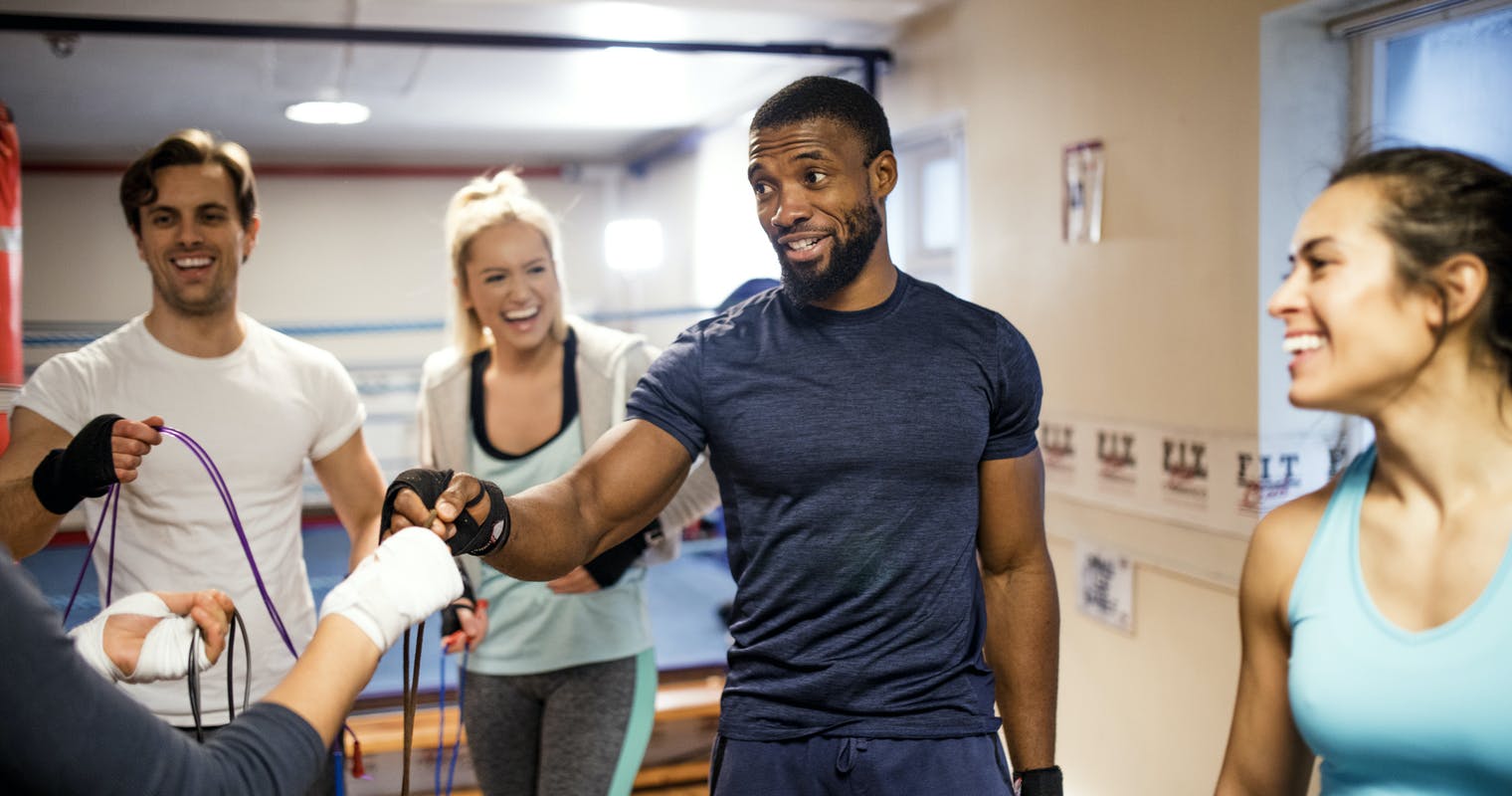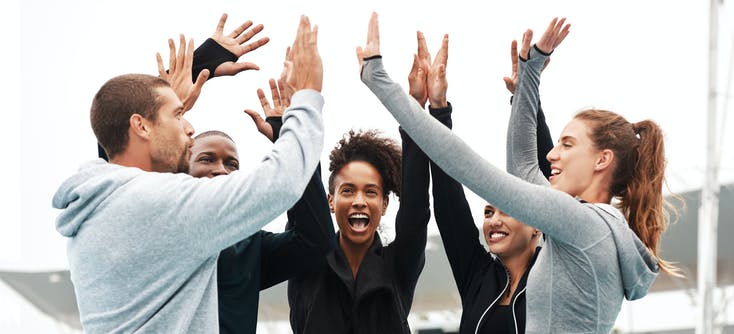You know that feeling when you are trying to do something that’s just one level higher than what you are ready to learn?
We’ve all had that feeling. It’s frustrating. And, when fitness customers have that feeling, it’s not good. Because what’s (not) working is not just their brains - it’s their muscles, ligaments, bones, and tendons, too. And that is a recipe for pain and suffering. They could have a “meltdown,” like this kid, but it’s more likely they’ll hurt themselves, get silently frustrated, and just not come back.
This is why we need to understand people’s respective levels and abilities.
In the Fitness Journey Project, two groups dealt with the challenge very differently. In pole fitness, beginners were kept away from those with more advanced techniques until they were ready to be wowed. The pole instructors knew that if the beginners saw what the experts were doing, they’d be intimidated and less likely to return.
The bootcamp business did things a bit differently. To get to the heart of how exactly to help everyone of all levels join in one class, we asked Stephanie of Pro Impact Fitness what she does...

Matching ability levels to the appropriate class isn't just safer, it provides the best experience overall.
How do you make everyone feel safe and welcome even if they have different ability levels?
Making *everyone* feel safe and welcome seems to me like it would be an art form. But according to Stephanie, there are two sides to it:
- managing people’s confidence and making them feel comfortable, and
- managing their physical activity by taking down the volume or load.
“Most of the time,” she says “it’s a confidence issue and not an ability issue.” So, take their minds off the exercise by doing things like...
- placing them with a partner
- grouping them in a team
- giving them something that isn’t too “testing for the mind” she says, "make it simple so they are able to understand the task they have been given.“
Distraction & Focus
Distraction is the art of helping them forget that they are in a session. Typically, Stephanie gives her classes task-based drills; “they have to get from point A to point B on the field by doing a range of different exercises over a period of time, over a rep count, or over a distance. Usually they forget about their fears in the first 10-15 mins of a class.”
It’s important to make sure the exercise is not too hard or too complex. Managing different levels means modifying exercises to have fewer reps, less weight, less volume, less distance covered, less range, or less movement.
Pairing & Grouping
Helping someone feel comfortable in a small group helps them relax in a session. A social and engaging group really helps make people feel like they belong, so they can focus on other things.
When you pair newcomers up, it’s important to match them with someone in a similar range. Don’t pair them up with the fittest person in the group - you don’t want them to feel intimidated.
Stephanie says “I pair them up with someone who isn’t a beginner but someone who has been coming enough that they understand the exercises, but not so much that they would run rings around them.”
“Grouping people helps them release the fear of exercising a bit,” says Stephanie. “That’s applicable to all the different groups of people I train including postpartum, post-cancer, metal ankles, car crashes with chronic back pain and any chronic condition you can imagine. All these people are able to forget about their past pain and experiences and just enjoy themselves for an hour.”
What to say to individuals
Language - how you describe things - has a huge effect on your customers’ mindsets. Stephanie explains, “saying something like “take the easy option” diminishes what they are doing. Instead, use words like “here is a more manageable option.” That language empowers them and allows them a sense of achievement.”
She adds, “you have to understand what people's mindsets are like before they come to class. I get to know everyone who comes before they come. I try to make them feel at ease in the class, we have a laugh a lot of it is not down to the personality of the trainer and isn’t down to their knowledge.”
Finally, the most important and easiest thing to do? Praise them at the start and at the end of class.
Want to see how all this work paid off for Stephanie? Check out the Bootcamp Journey for customer data and quotes.
How to run your different ability classes in TeamUp
TeamUp has powerful features to help you handle mixed ability levels whether it's beginners, intermediate or advanced.
Use memberships to control the different levels
TeamUp’s memberships are a powerful feature that help you guide your customer’s experience with your business. They enable you to offer different packages based on ability level and then only allow access to appropriate classes.
Set expectations with segmented emails
Send messages to purchasers or attendees or particular memberships or classes. Make sure they know exactly what to expect, and make it easy to change to an alternative if appropriate.
Welcome all newcomers with a flexible free trial
Offer a free trial and allow newcomers to try appropriate classes. Prevent them from trying out at an advanced session and evaluate their level before giving them access.
To find out more, sign up for a free trial, or book a call with one of our friendly team.




